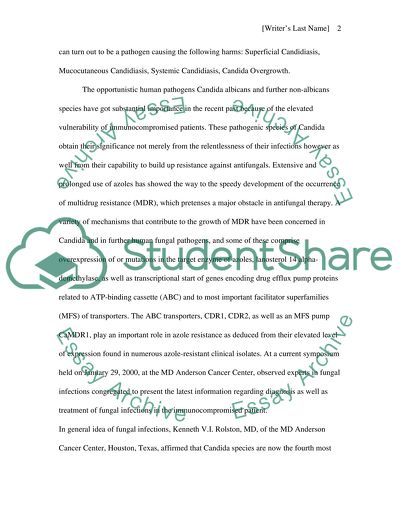Cite this document
(“Candida Essay Example | Topics and Well Written Essays - 3750 words”, n.d.)
Candida Essay Example | Topics and Well Written Essays - 3750 words. Retrieved from https://studentshare.org/health-sciences-medicine/1501973-candida
Candida Essay Example | Topics and Well Written Essays - 3750 words. Retrieved from https://studentshare.org/health-sciences-medicine/1501973-candida
(Candida Essay Example | Topics and Well Written Essays - 3750 Words)
Candida Essay Example | Topics and Well Written Essays - 3750 Words. https://studentshare.org/health-sciences-medicine/1501973-candida.
Candida Essay Example | Topics and Well Written Essays - 3750 Words. https://studentshare.org/health-sciences-medicine/1501973-candida.
“Candida Essay Example | Topics and Well Written Essays - 3750 Words”, n.d. https://studentshare.org/health-sciences-medicine/1501973-candida.


